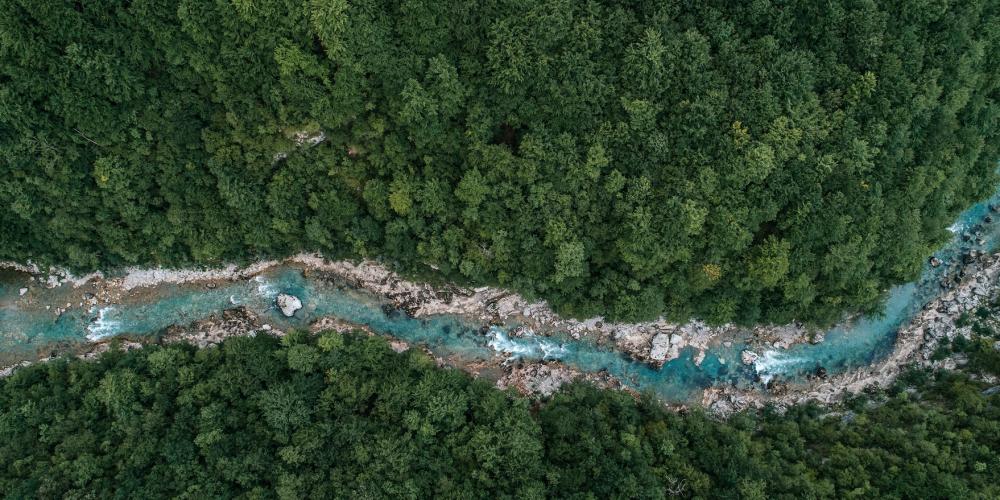
International research shows that climate change is responsible for globally altered river flows
River discharge changed significantly around the world in recent decades. An international research team including climate scientist Wim Thiery of the Vrije Universiteit Brussel has now been able to demonstrate that it is not water and land management but climate change that is playing a decisive role in this at a global level. The study is the first to demonstrate this using measured data. The results were published in the renowned journal Science. Professor Thiery: “The team analysed data from 7,250 measuring stations worldwide and found that the amount of water carried by rivers changed significantly between 1971 and 2010. Some regions have become drier, such as the Mediterranean or South Australia, while elsewhere river flows have increased, for example in Scandinavia. Water and land management are clearly not the cause of this; climate change is the driving force behind these global changes.”
Climate change is affecting the Earth’s water balance. Depending on the region and time of year, this can lead to more floods or droughts and also have an effect on river flows. River flows are an important indicator of the water resources available to people and the environment. How much water is available regionally also depends on other factors, such as direct water management interventions or land use. For example, when water is diverted for irrigation and regulated via reservoirs, or when forests are cleared to grow monocultures, this can change the flow rates in rivers.
To what extent river flows have changed in different regions of the world in recent decades has not been investigated on a global scale with concrete measured data until recently. The question of whether generally visible changes are due to climate change or to direct human intervention in water management and land use has also not been investigated.
Searching for the causes
Now, an international research team, including VUB, has deciphered the influence of all these factors. “The question we were asking was what caused these changes,” says Lukas Gudmundsson, lead author of the study and researcher at the Institute for Atmospheric and Climate Science at ETH Zurich.
To find out, the researchers carried out several computer simulations. They used large-scale hydrological models driven by observed climate data from the period under study (1971 to 2010). The results of the model calculations corresponded well with the analysis of the river monitoring data. “This means that historical climate conditions can explain the observed trends in river flows,” explains Thiery.
In a second stage, the researchers also integrated direct human interventions into their simulations to examine the influence of these factors. However, this did not change the result. “Water and land management can indeed cause large fluctuations locally. But our concern was not local, but global trends, which become visible after a longer period of time,” says Gudmundsson. “That’s why we didn’t isolate the data from individual monitoring stations but summarised it for an analysis of larger, subcontinental regions.”
Greenhouse effect
The researchers were able to substantiate the role of climate change using the attribution method. They compared their measurement data with simulations of climate models that were calculated with and without the greenhouse gases produced by humans. In the first case, the simulation corresponded to the actual data, but not in the second case. “From this we conclude that the observed changes would be very unlikely without climate change,” says Thiery.
The study is the first to use measured data to demonstrate that climate change is having a globally visible impact on rivers. “This was only possible because of the good cooperation of the participating researchers and institutions from twelve different countries,” says Gudmundsson. “This is the largest global dataset on river flows currently available. Thanks to this data, we were able to validate the models and demonstrate that they are a good reflection of reality.”
“The models can therefore also provide reliable scenarios of how rivers will change in the future. Such future projections are an important basis for planning for many regions, to secure water supplies and adapt to climate change,” concludes Thiery.
Link: Gudmundsson L et al. Globally observed trends in mean and extreme river flow attributed to climate change. Science (2021). doi: 10.1126/science.aba3996